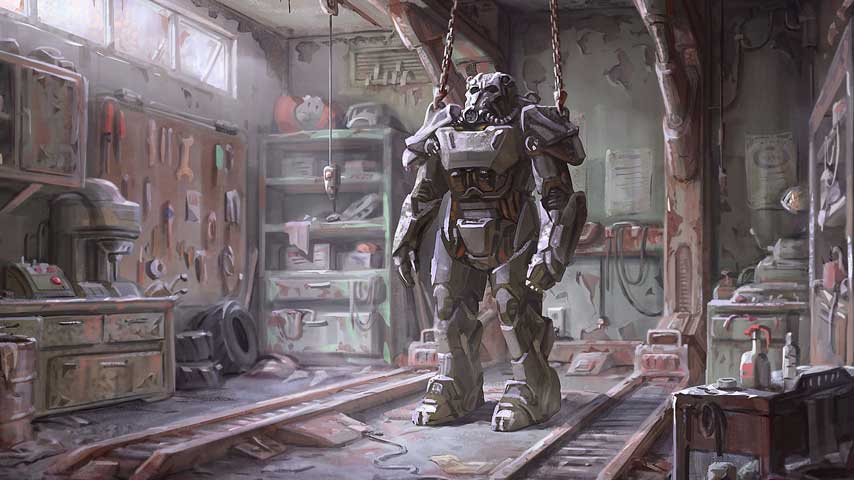Since the explosion in popularity of video games in the ‘80s and ‘90s the video games industry has always been big business, forming huge multi-national companies which have become some of the wealthiest businesses in the world. If the computing giants, like Microsoft and Apple, took full advantage of the technological boom, games developers were not far behind. But the types of games which make big money, whether for a well-known global brand or a small independent company, have changed over the years along with the ways that these companies seek to maximise their shares of the gaming market. Gamers might not always care who made a game (although some do) as long as the game itself is worth playing; if that is the case then they will probably buy it. The question is, what sort of games are worth playing?
The answer most would give now compared to that which may have been given ten or twenty years ago is likely to be rather different. Apart from games being engaging and fun, the basic qualities of any kind of game, the genre, gameplay style, story and focus of a game are all important factors. In the mid-90’s, when the gaming industry was just taking off, all sorts of styles of games were on offer, from the typical shooters, racers and sports simulations to original strategy games and inventive one-offs that could not be labelled as belonging to a specific genre.
But most of these online games were largely single-player, especially those made for PC, whilst any multiplayer action, best experienced on console games, was usually limited to the one screen against other people in the room; online multiplayer did exist but it was not particularly well-developed or, indeed, a feasible option for many gamers in the early days of the internet.
However, industry focus from single-player to multiplayer gaming was about to shift as the new millennium dawned and the internet began to improve; not only that, more and more people, and therefore gamers, were beginning to use broadband. Without broadband, internet gaming, as a general rule, was a bit of a nightmare, if often impossible. But, as ever, when improvements in hardware and infrastructure made new types of gameplay possible, games developers were thinking up ways of utilising them. Soon, many new games had much better online multiplayer gameplay, against more people and with better graphics.
All of a sudden, playing against a computer, which could usually be sussed out after a while, became boring when compared to playing against other humans, invariably more cunning, challenging and annoying opponents. Online multiplayer games, like MMO (massively multiplayer online) games, became incredibly popular and millions of dollars were invested into them, with huge financial rewards for the companies and equally large enjoyment levels for the players.
Today, the online browser game is the commercial beacon of developers, big and small. Worth millions of dollars, often just in site advertising revenue, browser games are extremely popular with gamers and non-gamers alike, allowing players to fill minutes of boredom with a game, something simply not possible, or sought after, in the games of old. Online games, whether console-based multiplayers, casual browser games or huge online multiplayer role-playing games (MMORPG), are now streams of serious income for games developers. But this is not a bad thing as it means that they give us great online games!






 XCOM 2 Hands
XCOM 2 Hands The Fallout 4 guide to Perks, weapons, companions, crafting and more
The Fallout 4 guide to Perks, weapons, companions, crafting and more Last Day To Claim Your Call Of Duty Black Ops 3 Loyalty Rewards
Last Day To Claim Your Call Of Duty Black Ops 3 Loyalty Rewards Modding Video Games
Modding Video Games Ni No Kuni Guide: Ding Dong Dell Side Quest Guide
Ni No Kuni Guide: Ding Dong Dell Side Quest Guide